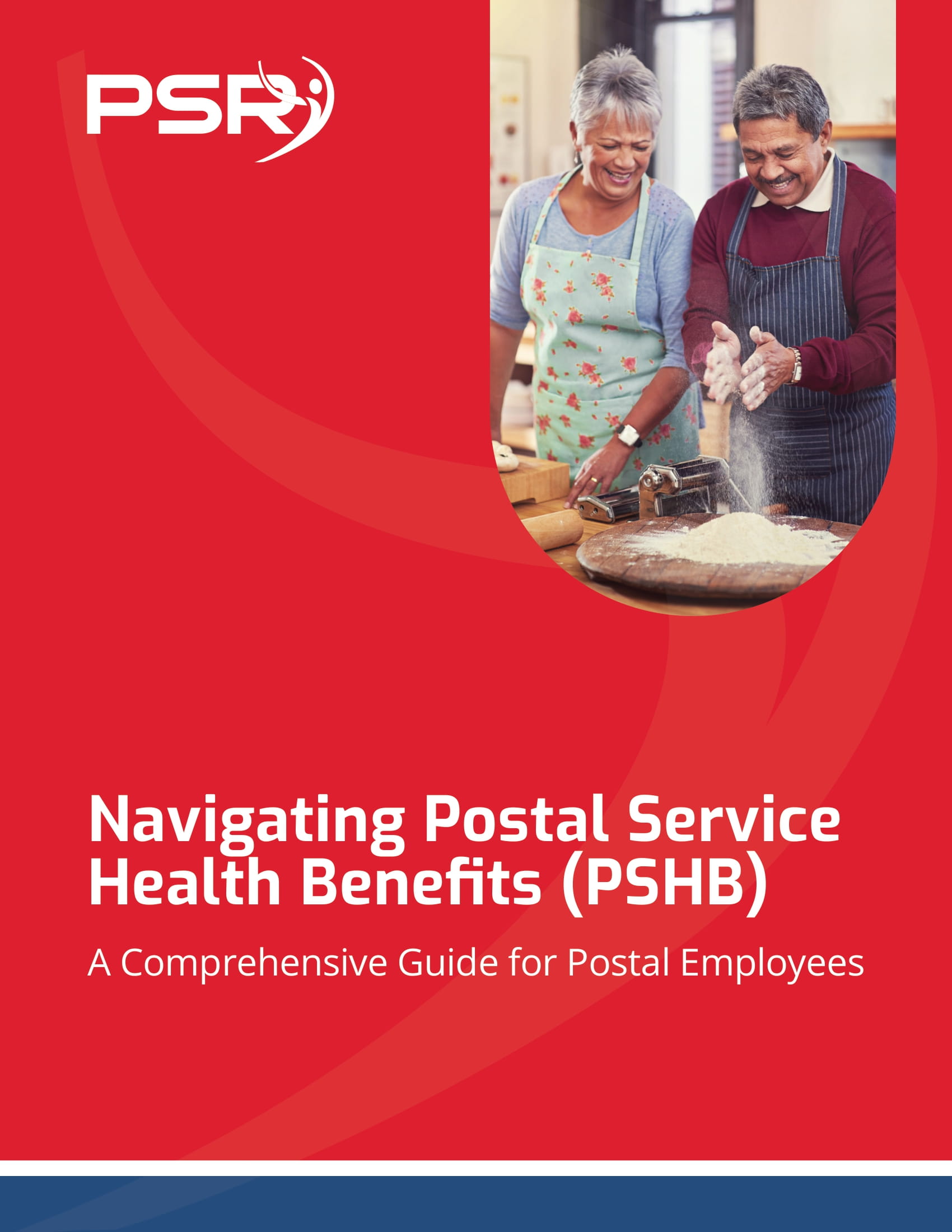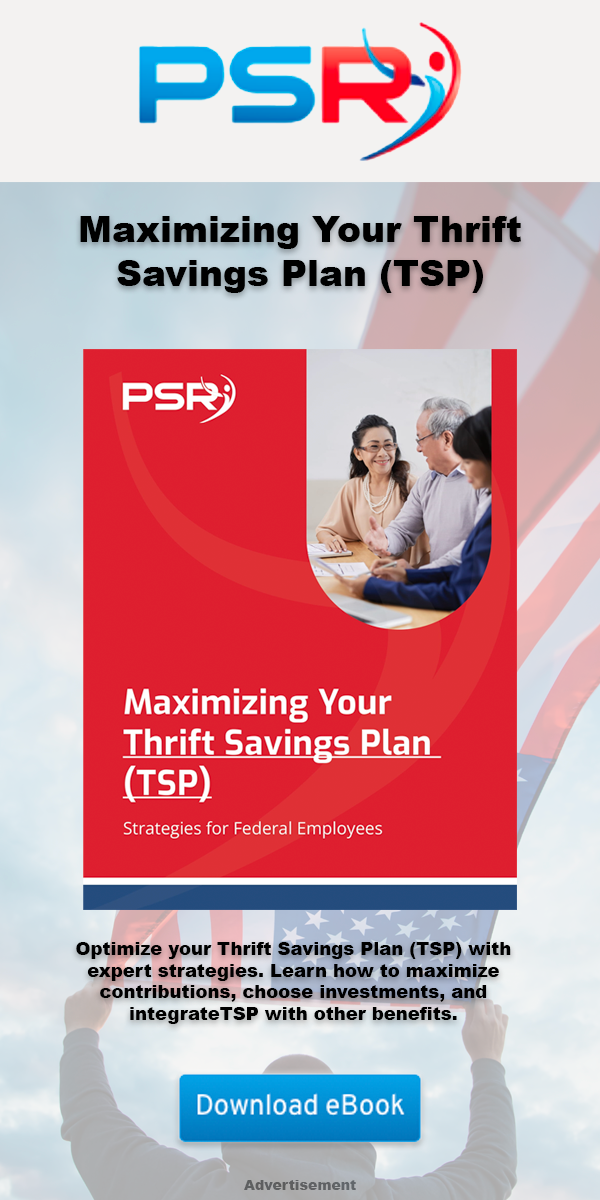Key Takeaways
- Understanding how your federal pension is divided in a divorce is crucial for planning your financial future.
- The court process can significantly impact your pension, so being informed about your options is essential.
What Happens to Your Federal Pension in a Divorce?
Divorce is tough enough without having to worry about how your retirement savings and benefits will be divided. For federal employees, the division of a pension can be a bit more complicated compared to private-sector jobs, due to the unique benefits structure. As a federal worker, your pension from the Federal Employees Retirement System (FERS
- Also Read: Federal Retirement Advice You Didn’t Know You Needed—Until Now
- Also Read: The Latest Federal Employee News You Need to Know to Protect Your Retirement
- Also Read: Ready for Retirement? Here’s How Law Enforcement Officers Can Leave the Job with Benefits Intact
In this guide, I’ll break down what you need to know, how your pension could be affected, and steps you can take to make sure you’re well-prepared for this challenging life event.
How Does the Court Divide Federal Pensions?
Federal pensions are considered a marital asset, which means that in the event of a divorce, they are subject to division by the court. This is typically done under state laws, which vary across the country, so it’s essential to understand the specific laws in your state. Generally, the court will divide the pension based on the duration of your marriage and how much of your pension accrued during that time.
The court may issue what is known as a Court Order Acceptable for Processing (COAP), which allows the Office of Personnel Management (OPM) to distribute a portion of your pension directly to your ex-spouse. How much they receive depends on the specifics of your divorce settlement.
How Much of Your Pension Is at Risk?
The exact portion of your pension that your ex-spouse will receive depends on various factors, including:
- Length of Marriage: The longer you were married while you were employed as a federal worker, the larger the portion your ex-spouse may be entitled to.
- Timing of Divorce: If you were divorced after your pension benefits were already in payment, different rules may apply compared to a divorce that occurs before retirement.
In most cases, the court splits the portion of the pension earned during the marriage. For example, if you were married for 10 years out of your 20-year career, only half of your pension (10 out of 20 years) would be subject to division. In this scenario, your spouse may be entitled to 50% of that portion, resulting in them receiving 25% of your overall pension.
Will Your Ex-Spouse Receive Survivor Benefits?
Another aspect to consider is whether your ex-spouse will be eligible for survivor benefits. Survivor benefits provide income to your spouse if you pass away after retiring. If your divorce settlement includes provisions for these benefits, you might need to continue making deductions from your pension to ensure your ex-spouse is covered.
Keep in mind that survivor benefits are separate from the pension itself, and continuing survivor benefits for an ex-spouse could reduce your pension payments.
Can You Protect Your Pension in a Divorce?
While it may not always be possible to prevent your pension from being divided, there are ways to protect a portion of your retirement benefits during divorce proceedings. One option is negotiating a settlement that offsets the pension with other marital assets. For example, if you have a home or other valuable assets, you might agree to give those to your ex-spouse in exchange for keeping more of your pension intact.
It’s always a good idea to consult with a lawyer who specializes in federal employee divorces. They can help you navigate the complexities of federal pensions and make sure your settlement is as fair as possible.
What Is a Court Order Acceptable for Processing (COAP)?
As mentioned earlier, a Court Order Acceptable for Processing (COAP) is a crucial document in dividing federal pensions. It allows the OPM to legally divide your pension and distribute it to your ex-spouse according to the court’s ruling.
The COAP must be carefully worded to ensure that it reflects the correct percentage of your pension that is to be awarded. If the order is unclear or incomplete, OPM may reject it, causing delays or complications. That’s why it’s critical to have an attorney with experience in federal pensions draft this document.
How Does the Thrift Savings Plan (TSP) Factor In?
In addition to your FERS or CSRS pension, you might also have a Thrift Savings Plan (TSP), which is similar to a 401(k) in the private sector. Like your pension, your TSP can also be divided during a divorce.
The TSP is treated as marital property, so it can be split based on the duration of the marriage and how much was contributed during that time. A separate order, known as a Retirement Benefits Court Order (RBCO), will need to be submitted to divide the TSP.
Unlike the pension, where payments are distributed monthly, the TSP can be divided as a lump sum or through installments, depending on what’s outlined in the divorce settlement.
Are Health Benefits Affected by Divorce?
If you’re a federal employee or retiree, you’re likely enrolled in the Federal Employees Health Benefits (FEHB) program. Unfortunately, divorce can complicate your health benefits, especially if your spouse relies on your plan for their coverage.
After the divorce, your ex-spouse will lose eligibility for FEHB coverage unless they qualify for Temporary Continuation of Coverage (TCC), which allows them to extend their benefits for up to 36 months post-divorce. TCC can be expensive because your ex-spouse will be responsible for both the employee and employer portions of the premium, along with a small administrative fee.
How Long Does the Process Take?
The timeline for dividing your federal pension depends on several factors, including how long it takes to finalize the divorce and get the necessary paperwork in order. Once a COAP is submitted, it can take OPM several months to review and process the order. It’s essential to factor this into your planning, as there may be delays in receiving or splitting payments.
For the Thrift Savings Plan, the processing time for an RBCO is generally faster, but it can still take up to several weeks for the order to be implemented.
Final Thoughts: Navigating Divorce and Your Federal Pension
Going through a divorce as a federal employee adds an extra layer of complexity to an already difficult situation. Your pension, TSP, and health benefits are valuable assets that can be significantly impacted by a divorce settlement. Make sure you’re informed and prepared by understanding the key elements of the division process and seeking professional guidance to ensure a fair outcome.
If you’re uncertain about any part of the process, consider consulting with an attorney who specializes in federal employee benefits and divorce. Doing so can help you protect your financial future and avoid costly mistakes.













